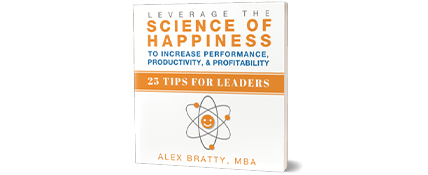Communication—we all know it’s the key to any successful relationship, even more so in a group setting and during these days of so much virtual teamwork.
Yet, so many of us manage to miscommunicate, which can lead to demotivation and disengagement in the team. And, the kicker? Most of the time, we’re not even aware that we made a communication misstep. So, here’s a simple yet highly effective way to think about communication. We can break it down into four different types and use the example of hearing that your spouse got a promotion at work to illustrate.
Active Constructive: This is the top-left quadrant of the grid, and it’s where we want to be for effective communication. Essentially, we’re listening attentively to what’s been said and reacting appropriately. In this case, we’re responding enthusiastically and amplifying the experience by asking engaging questions about it.
Passive Constructive: Not as good as active constructive, but still not destructive. This is the bottom-left quadrant of the grid. When we respond with this type of answer, we’re happy for the person but lack enthusiasm, and possibly even downplay the news. Plus, there’s no engagement beyond a simple acknowledgment of what we’ve been told.
Passive Destructive: Okay, now we’re starting to become a Debbie-Downer in the bottom-right quadrant of the grid. When we’re in passive-destructive mode, we’re essentially acknowledging the information but dismissing it in favor of some other topic. If this happened in-person, it could also involve someone leaving the room or turning away.
Active Destructive: This is the top-right quadrant of the grid and the absolute worst place to be in communication. Not only are we downplaying the news, but we’re immediately pointing out the negative aspects of it and probably bringing the other person down.
If you haven’t figured it out already, the idea is to engage in active-constructive communication as much as possible. Doing this really pays off because the research shows that people who practice active-constructive communication have more fulfilling and enduring relationships…and what do those usually lead to? Oh, that’s right, more high-quality connections and better performance at work.
So, this week, pay attention to how you’re responding to people, start using active-constructive communication more in your interactions, and notice how it immediately enhances your interactions.
If you want more ideas for how you can improve communication and build a more cohesive team, just download my book for free: 25 Tips for Leaders: How to Leverage the Science of Happiness to Increase Performance, Productivity, and Profitability.







0 Comments